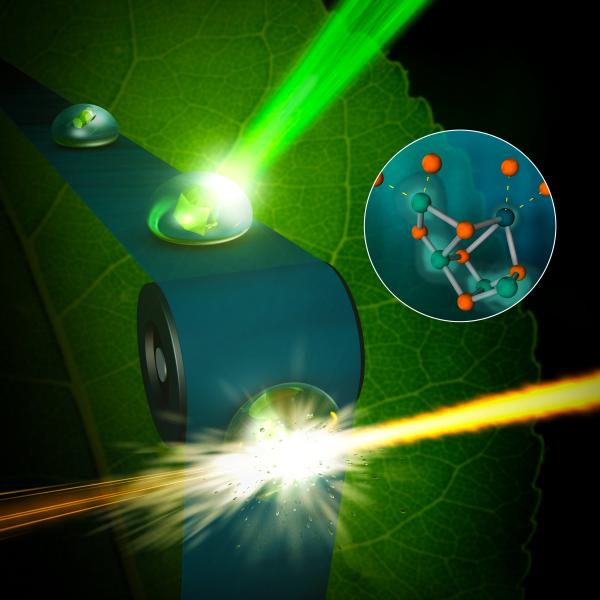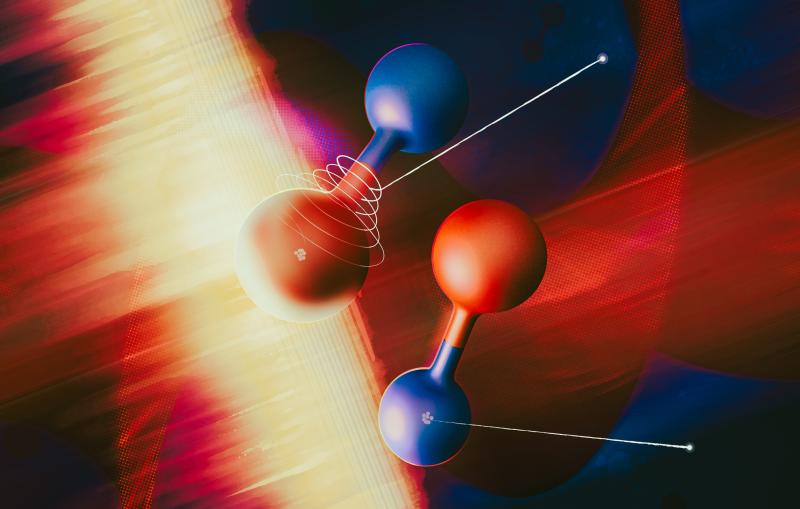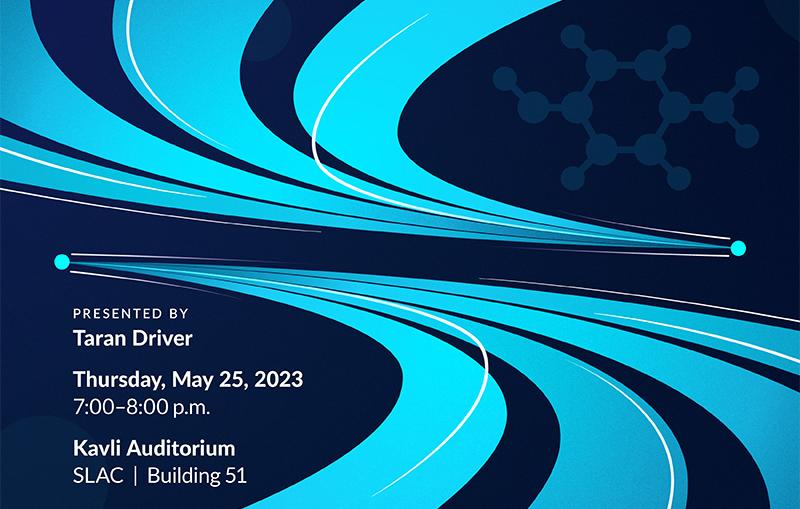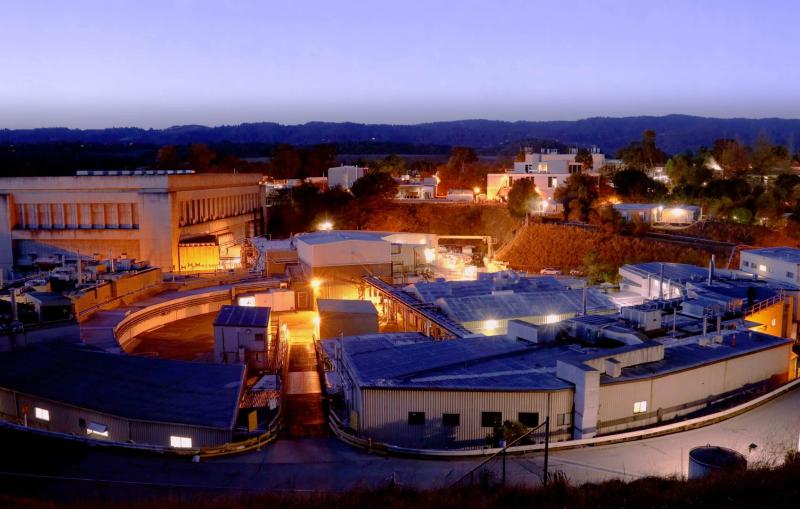you're probably familiar with
photosynthesis the process by which
plants algae and other related organisms
use light energy to convert carbon
dioxide and water into sugars and oxygen
this incredibly important multistage
process is not only responsible for
providing most of the energy necessary
for life on earth but also for
maintaining the oxygen in our atmosphere
now using the high-energy x-ray laser
pulses produced by SLAC National
Accelerator Laboratories linic coherent
light source
scientists at Lawrence Berkeley National
Laboratory in collaboration with
scientists and slackin Stanford
University and collaborators in Germany
Sweden and the UK have developed a
powerful new way to study exactly how
photosynthesis produces the oxygen that
we breathe these researchers have taken
extremely high-resolution images at
different stages of the process at room
temperature allowing them to search for
how and where the oxygen is produced
under real-life circumstances the
researchers specifically studied the
protein complex photosystem 2 which
produces oxygen from water in a small
region of the protein during
photosynthesis first room temperature
crystals of the protein were introduced
as either a liquid jet or as tiny drops
made using soundwaves
on a moving tape as the crystals move
forward they were hit with pulses of
visible light which triggered different
stages of the photosynthetic process
depending on the number and timing of
the pulses finally the drops were hit by
powerful x-ray pulses from the LCLs by
looking at how the x-ray light scattered
under two different kinds of detectors
the researchers were able to obtain
extremely high resolution structures of
the oxygen producing region of the
protein giving them new insights into
where the bond between oxygen atoms
might form from two water molecules and
where it might not specifically by
watching where ammonia molecules which
are analogs of water molecules bonded to
the region they were able to rule out
some possible locations where the oxygen
bond might form if the ammonia bonded to
a location and oxygen was still produced
then that site was not a likely location
for water or the formation of oxygen
using this and related data the
researchers were specifically able to
raise questions about two of the most
popular locations demonstrating just how
powerful this technique can be while
they haven't found the answer yet the
researchers hope that by continuing to
improve this process and gathering more
and more data at different stages of
photosynthesis they congratulate zero in
on the exact way that oxygen is produced
from water within photosystem two
understanding how this system works
could lead to a revolution in the
development of artificial photosynthesis
solar fuels and more but most
importantly it could finally help us
understand the atomic origins of the
oxygen in the air we breathe every day
[Music]







